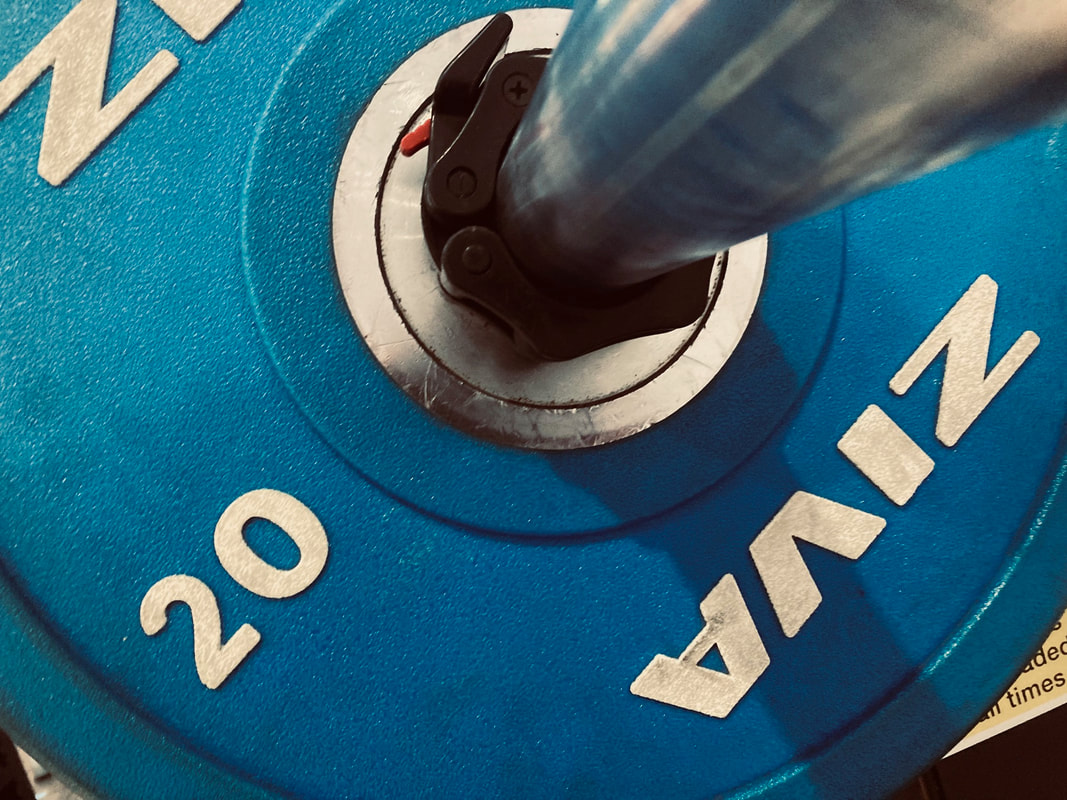|
The question comes up every year, often every year at this time of year: should cyclists be going to the gym and, if so, what should they be doing when they get there? Helpfully, the body of actual peer reviewed evidence (Levin et al, 2009, Ronnestad et al, 2015) as opposed to ‘bro science’, is growing and gives some empirical guidance as to what works best. So, my answer to the gym question is yes, and this… 1. Do gym stuff in the gym, bike stuff on the bike – don’t try to replicate the bike in the gym and vice versa. High repetitions of light weights on the legs won’t help cadence, just the same as over geared efforts on the bike won’t build strength. Not only are these types of exercise ineffective, they both risk injury. Fundamentally, go to the gym to get strong. 2. Combine the gym with cycling training – the right kind of gym work will build strength useful for cycling but it won’t build aerobic capacity or increase VO2 max. Carefully fit strength work around training on the bike over winter to get the real benefits of both. Adequate recovery is important. 3. Do the right exercises – Whilst attempting to replicate cadence in the gym is pointless, there are some exercises that are more applicable than others for cyclists. Parallel or back squats (they’re the same thing), overhead squats and deadlifts are the primary exercises that relate directly to cycling. There are many variations on these themes but I’d argue these are the best ones to focus on first. Do these correctly and build in variety later if necessary. 4. Lift heavy – Something like 3 to 5 sets of 3 to 5 repetitions in each set using the compound exercises described above is probably optimal. Certainly, repetitions of more than 10 per set would be excessive in my view. 5. Get taught how to do it – Form, the technique to do exercises safely, is important to avoid injury and get the maximum benefit from them. Get somebody properly qualified to teach them and set a progressive program designed specifically for you. 6. Give it time - 8 to 12 weeks of strength training twice a week is probably optimal. Those brand new to the gym might want to consider some circuit type training using free weights to build up some basic strength and stability before moving on to compound exercises. 7. Weight & bulk gain – These exercises won’t increase bulk or weight. Nobody builds bulk or muscle by accident. Indeed, those fully focused on getting ‘buff’ struggle without erm… ‘help’. Muscle tone and definition are far more likely (and potentially more welcome) side effects. 8. Timing - Off season November through to end of March is probably optimal. Heavy lifting should be phased out for racers with a move to a more maintenance focused regime as the season approaches. 9. Equipment – shorts and a T shirt are enough. Belts, gloves, wrist straps. chalk etc are not necessary. Perhaps the only item of specialised clothing needed are flat, hard soled shoes if the aim is to squat and deadlift heavier weights (the cool kids are wearing Converse All Stars or similar). Spongy running trainers don’t provide enough support. 10. Psychological & physical benefits – The positive impact of aerobic exercise on mental health is well rehearsed, what is perhaps less well known is that strength training is even more effective (O’Conner et all, 2010). Additionally, gym work will likely improve quality of life, prevent injury, improve mobility, flexibility and range of motion along with a myriad of metabolic and hormonal benefits. For veteran riders, it’s particularly important physically because it helps increase bone density. Arguably this is even more important for women than men. 11. Bonus tip! – You are NEVER too old to start strength training. Arguably the benefits to the more mature rider are even greater than those to the young - it will keep you riding faster for longer. Enjoy! And get in touch if you need more. Rich Smith did the UK Strength & Conditioning Foundation Course and has never looked back. He has coached the Great Britain Transplant Cycling team for over 10 years, is a British Cycling qualified Level 3 coach and a final year psychology student. He spent 30 years responding badly to people in authority in senior roles for Barclays, HSBC, British Waterways and National Grid Property before launching RideFast Coaching in 2015 which is much more fun.
0 Comments
Leave a Reply. |
AuthorThe ramblings of a cycling coach... Archives
May 2024
Categories |
|
© COPYRIGHT 2022. ALL RIGHTS RESERVED.
|

 RSS Feed
RSS Feed
